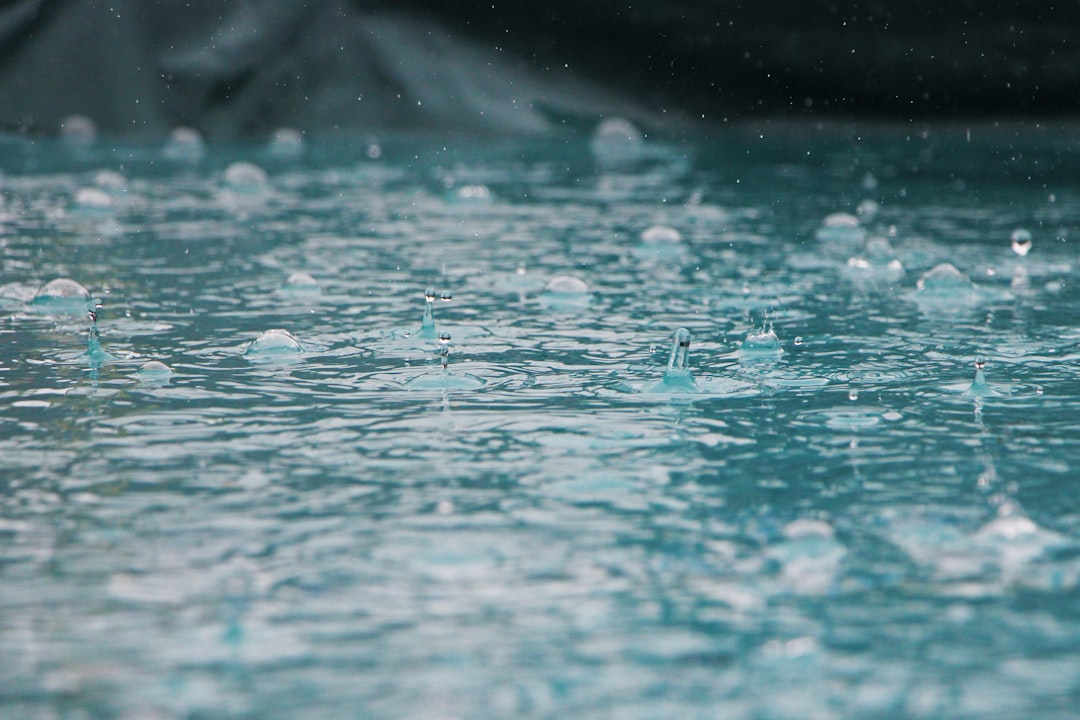What is it about?
This study investigates the shapes and fall speeds of freezing and frozen raindrops through field observations. Our field observations showed that while the shapes of all of the observed freezing raindrops and a portion of the frozen raindrops (39% of the frozen raindrops that are larger than 1.0 mm in volume equivalent diameter, D) resemble the shapes of warm raindrops, majority of frozen raindrops (61 % of the frozen raindrops with D > 1.0 mm) exhibited a distinct feature such as a spicule, bulge, cavity, or aggregation. Fall speed and drag coefficients of freezing and frozen raindrops were also investigated through this study.
Featured Image

Photo by Matt Collamer on Unsplash
Why is it important?
In various applications (e.g. remote sensing of precipitation), fall speeds of hydrometeors are assumed to be terminal. Fall speed of hydrometeors is an important source of uncertainty in a given application. Improved measurements of parameters such as intensity and accumulation of freezing and frozen rainfall are essential for the aviation industry for safer operations under such conditions.
Perspectives
The observations on the fall speeds and shapes of freezing and frozen raindrops presented in this study are valuable in increasing our knowledge base in hydrometeorology and hydrology with various potential beneficiaries in different fields.
Dr. Md Kalimur Rahman
Clemson University
Read the Original
This page is a summary of: SHAPES AND FALL SPEEDS OF FREEZING AND FROZEN RAINDROPS, Journal of Hydrometeorology, April 2020, American Meteorological Society,
DOI: 10.1175/jhm-d-19-0204.1.
You can read the full text:
Contributors
The following have contributed to this page










